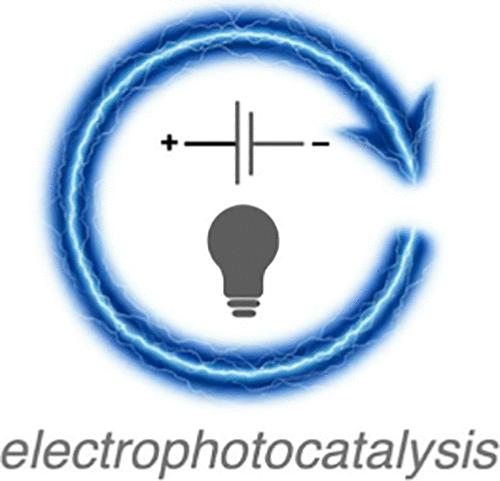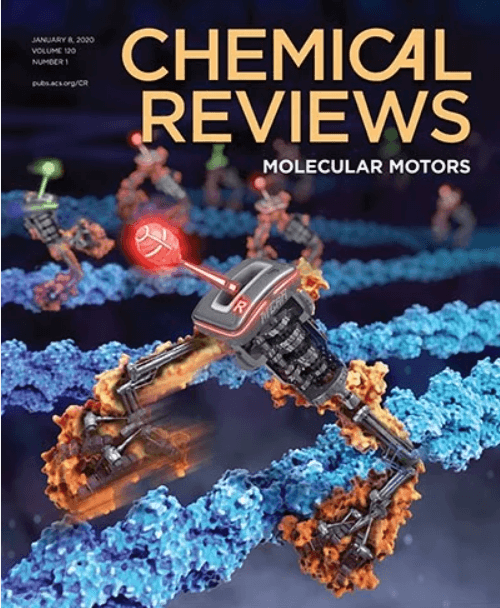用于有机合成的电致发光催化剂
IF 55.8
1区 化学
Q1 CHEMISTRY, MULTIDISCIPLINARY
引用次数: 0
摘要
近几十年来,电催化和光催化一直是有机合成领域广泛研究的重点,这些强大的策略为构建复杂分子提供了大量新方法。尽管研究人员付出了巨大努力,但直到最近,这两种方法的结合使用才受到重视。然而,在过去的五年中,人们对电光催化领域的兴趣迅速增长。这种混合策略既能利用光子作为试剂的巨大优势,又能利用电动势作为方便可调的电子源或电子汇。对这一主题的研究已经产生了许多用于 C-H 功能化、还原交叉耦合和烯烃加成等的方法。该领域还使用了多种类型的催化剂,包括金属催化剂和有机催化剂。特别值得注意的是开壳光催化剂的研究,这种催化剂往往具有相对较大的氧化还原电位。电化学为生成此类物质提供了便捷的方法,使电光催化技术特别适用于这类有趣的氧化还原催化剂。本综述概述了应用于有机合成的电光催化方法,大致分为氧化、还原和氧化还原中性转化。本文章由计算机程序翻译,如有差异,请以英文原文为准。

Electrophotocatalysis for Organic Synthesis
Electrocatalysis and photocatalysis have been the focus of extensive research efforts in organic synthesis in recent decades, and these powerful strategies have provided a wealth of new methods to construct complex molecules. Despite these intense efforts, only recently has there been a significant focus on the combined use of these two modalities. Nevertheless, the past five years have witnessed rapidly growing interest in the area of electrophotocatalysis. This hybrid strategy capitalizes on the enormous benefits of using photons as reagents while also employing an electric potential as a convenient and tunable source or sink of electrons. Research on this topic has led to a number of methods for C–H functionalization, reductive cross-coupling, and olefin addition among others. This field has also seen the use of a broad range of catalyst types, including both metal and organocatalysts. Of particular note has been work with open-shell photocatalysts, which tend to have comparatively large redox potentials. Electrochemistry provides a convenient means to generate such species, making electrophotocatalysis particularly amenable to this intriguing class of redox catalyst. This review surveys methods in the area of electrophotocatalysis as applied to organic synthesis, organized broadly into oxidative, reductive, and redox neutral transformations.
求助全文
通过发布文献求助,成功后即可免费获取论文全文。
去求助
来源期刊

Chemical Reviews
化学-化学综合
CiteScore
106.00
自引率
1.10%
发文量
278
审稿时长
4.3 months
期刊介绍:
Chemical Reviews is a highly regarded and highest-ranked journal covering the general topic of chemistry. Its mission is to provide comprehensive, authoritative, critical, and readable reviews of important recent research in organic, inorganic, physical, analytical, theoretical, and biological chemistry.
Since 1985, Chemical Reviews has also published periodic thematic issues that focus on a single theme or direction of emerging research.
 求助内容:
求助内容: 应助结果提醒方式:
应助结果提醒方式:


